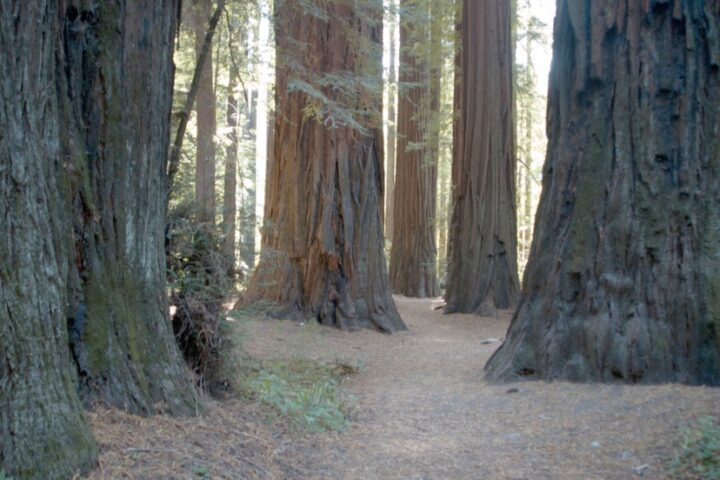Some of the folks who spend time studying our Rocky Mountain forests have suggested that we’ve made a mess of things. Or, more specifically, the people who’ve been managing our forests for the past 100 years have made a mess of things.
Now we’re making a mess of our town.
Not that anyone in particular is to blame for either situation. 100 years ago, America’s vast publicly-owned forests were in the process of being harvested by the timber industry, while the Forest Service — a division of the US Department of Agriculture — handled the task of forest health. That task included preventing forest fires, as well as monitoring for disease, and just basically ensuring that the timber industry had access to as much timber as they needed to make a continual profit.
When things started out, the logging companies had access to massive Ponderosa pines in the Pagosa Springs area — trees that yielded beautiful planks of clear, sturdy lumber for the construction of homes, offices, grocery stores, government buildings, schools.
It looked, at first, like we could go on constructing wooden buildings forever.

But it couldn’t last. Eventually, too many of the old growth forests were cleared — especially the forests that were easiest to access — and the forests couldn’t keep up with the logging, and with the lack of natural fire. We ended up, in the 21st century, with overgrown forests of scrawny trees that — when fires finally did arrive — burned out of control.
The new growth wasn’t equal to the old growth.
A similar situation faces us in our human environment, here in Pagosa Springs.
The new growth is not equal to the old growth.

I understand why our business and government leaders have been promoting population growth for the past 50 years or so. It’s a Ponzi scheme that seemed capable of endless wealth creation. As the new residents moved in — especially, if they were wealthier than the old residents — the tax base grew, governments could hire more employees and build bigger facilities, and businesses could make higher profits. Church attendance could grow. Schools could expand.
I look around my neighborhood, one of the older neighborhoods in downtown Pagosa. Some of the old homes have been purchased and remodeled into vacation rentals.
27 years ago, my working class family, of modest means, was able to purchase an old house in downtown Pagosa. Old homes, second-hand homes, were bought and sold, back then. Not so much, in 2020.
No one is building “old homes”. Only new homes are being built. Expensive, new homes.
As Pagosa grows, the availability of older, affordable houses continues to decline, and a working class family has less chance of making Pagosa their home.
Growth proves to be a double-edged sword. But our leaders continue to view growth as ‘salvation’.
A problem?
